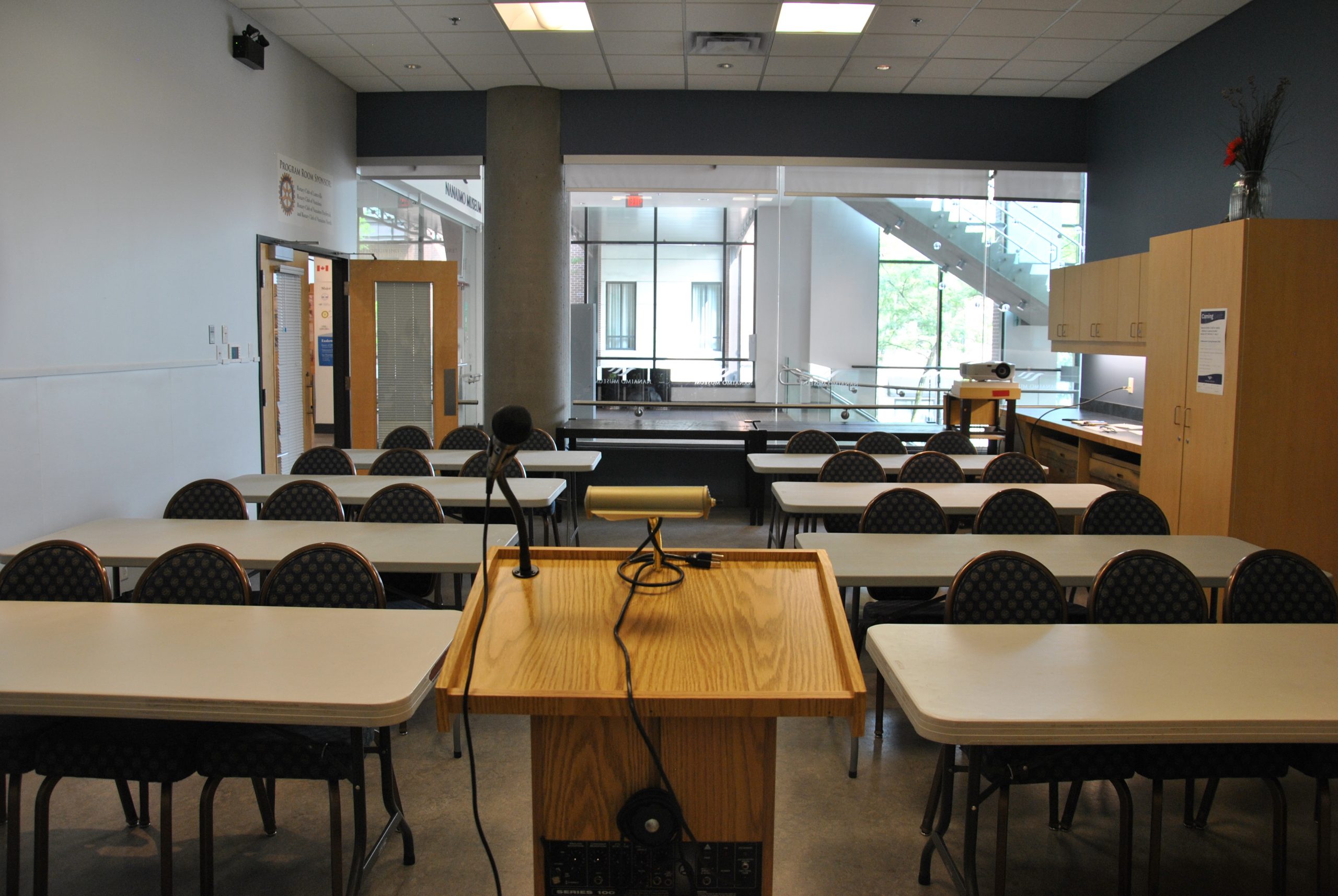
Art With Mr. E Art Room Set Up 2011 Classroom arrangement, Classroom
Teaching styles, also called teaching methods, are considered to be the general principles, educational, and management strategies for classroom instruction. The use of different teaching styles started in the beginning of the twentieth century. This was due to the amount of research being poured into different learning methods.

PROROOMClassroom Style 24 seats (3) Nanaimo Museum
Use the ones that best appeal to your situation and teaching style. Universal classroom management strategies for educators. These 20 classroom management techniques have shown to improve classroom behavior, build relationships for a better classroom community, and foster a positive classroom environment where student learning is the number one.

Classroom style seating Classroom style, Home decor, Home
8. Don't yell at students. Seriously, no screaming, shouting, or yelling in the classroom. Most kids just tune it out anyway. Determine other methods for getting students' attention, like doorbells, clapbacks, or hand signals. These classroom management strategies save your voice and lower everyone's stress levels.

Front of classroom set up Classroom essential, Classroom setting
3. Collaborative teaching style. By utilizing collaborative teaching, students reap the benefits of cooperation and team-work - working together to pool ideas and resources with their peers in order to solve problems, complete projects or reach shared goals. Students work together in groups to solve problems.
Finding Ways for All Kids to Flourish Setting Up a New Classroom Got
These teaching styles highlight the five main strategies teachers use in the classroom, as well as the benefits and potential pitfalls of each. The Authority, or lecture style. The authority model is teacher-centered and frequently entails lengthy lecture sessions or one-way presentations. Students are expected to take notes or absorb information.

First Grade Classroom Setup and Decor with lots of Pictures
Join more than 10,000 educators. Get articles with higher ed trends, teaching tips and expert advice delivered straight to your inbox. Find the best teaching style to improve student engagement in your course. Get started with these 11 different teaching styles and examples to try today.

51 amazing classroom decoration ideas including how to create a cozy
Let's explore five teaching style examples to show how broad differentiated instruction in classroom settings can be. Lecturer. Demonstrator. Hybrid. Facilitator. Delegator. 1. Lecturer. The lecturer style (sometimes called the formal authority style) is familiar to anyone who's sat through long unidirectional lectures in giant university.

The 21st Century Classroom 7 Ways to Arrange Collaborative Desks
Considering different teaching styles is important because everyone has a different learning style too.If you want to engage students and increase participation and retention, it's important to consider different approaches that will resonate with them. Those various approaches will also help you get through to them. Plus, depending on what you're teaching, different subject matters are.

Free Images auditorium, room, education, classroom, interior design
5. Democratic Style. The democratic classroom management style is based on the progressive education philosophy of scholars such as John Dewey 10 and Paulo Freire 11.. This model highlights that we should raise active participatory citizens 12.This begins in the classroom - with educators working with students to create the rules 13.. It might, for example, involve co-creating classroom.

Pin by Lezlie Acker on Trapezoid Student Tables Modular Seminar Table
She identified three parenting styles — authoritarian, authoritative, and permissive. Subsequent researchers have found that these categories of dealing with children can also be applied to teaching styles. The indulgent style was also added to Baumrind's initial types. Let's look at each type of classroom management style in a little.
Classroom Tour Teaching With Style
The classroom layout with tables which form groups is common in early years and elementary / primary school classrooms. This is also my ideal classroom layout for my approach to teaching. This format tends to fade away as students get older and teaching styles move away from play-based and hands-on learning.

Free picture room, rows, school, seat, chairs, classroom, college, desks
A couple of styles within the student-centered approach to teaching are: Inquiry-Based Style. This student-centered learning style encourages independence, autonomy and hands-on learning, with students leading the way and receiving guidance from their teachers. Cooperative Style.
.jpeg)
Apples, Crayons, and Caffeine Classroom Digs Space Style!
In the mid-1980s, teacher Neil Fleming introduced the VARK model of learning styles. He theorized that students learned in these four general ways, known as styles or modalities: Visual: Seeing images, diagrams, videos, etc. Auditory: Hearing lectures and having discussions. Read/Write: Reading the written word and writing things down.

Boho Classroom Decor for a Fascinating Global Classroom Middle school
The indulgent classroom management style is described as a high level of involvement but a low level of control. The teacher gives students the freedom to express themselves, but due to the lack of control, the class is taken over by the students and lessons tend to get off task. The teacher using this style is usually liked by the students.

60 Classroom Design Ideas for Back to School
Teachers are respected and liked by their students, and students are socially-competent and responsible. 3. Permissive Classroom Management Style. Permissive teachers are the complete opposite of authoritative teachers. They have a low level of both student involvement and control over their classroom.

Configure your classroom to a lecture style hall with
Level of student involvement. The role a teacher plays. Presence and absence of classroom rules. Classroom management styles can vary widely based on teacher's beliefs and philosophies about teaching and learning. The 4 most popular classroom management styles are: authoritarian, authoritative, permissive and indulgent classroom management.